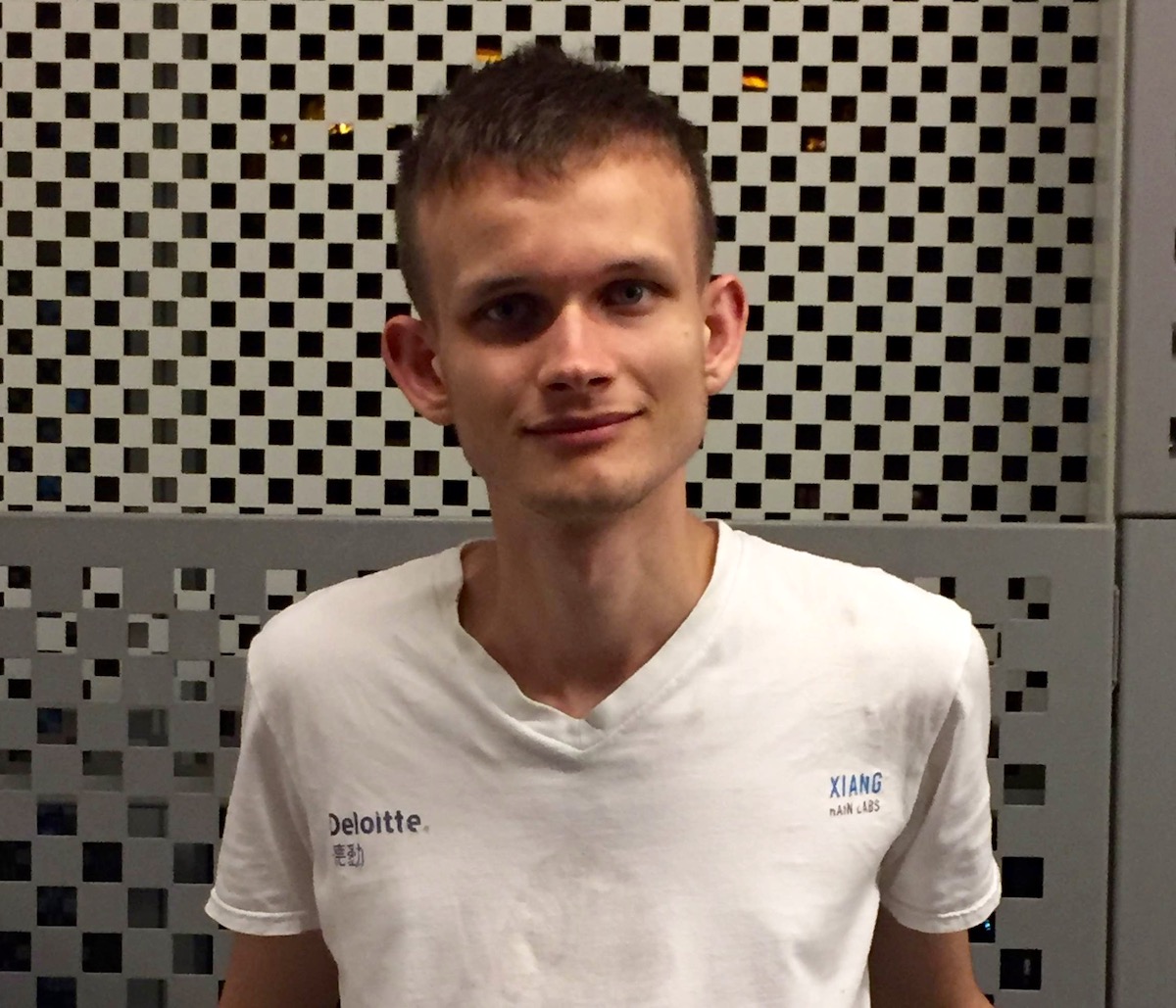
Ethereum co-founder Vitalik Buterin is aiming to significantly accelerate transaction times on the Ethereum network. In a blog post published on June 30, titled “Epochs and Slots All the Way Down: Ways to Give Ethereum Users Faster Transaction Confirmation Times,” Buterin detailed his vision for reducing layer-1 (L1) confirmation times from a few seconds to milliseconds. This initiative could dramatically enhance the user experience and open new possibilities for applications requiring ultra-low latency.
According to Buterin, the Ethereum Merge — the transition from a proof-of-work to a proof-of-stake consensus mechanism in 2022 — has already brought notable improvements. This shift reduced L1 transaction confirmation times to just 5–20 seconds, a duration comparable to credit card transaction times. However, Buterin believes there is room for further enhancements. He stated, “There is value in improving user experience further, and there are some applications that outright require latencies on the order of hundreds of milliseconds or even less.”
Understanding Slots and Epochs in Ethereum 2.0
To understand Buterin’s proposal, it’s essential to grasp the concepts of slots and epochs in Ethereum 2.0. Slots are 12-second intervals during which a randomly chosen Ethereum validator can propose a block. An epoch comprises 32 slots, requiring validation from 32 sets of committees or groups of validators. This process ensures the network’s security and efficiency.
The current consensus mechanism, Gasper, aims to provide finality — a guarantee that a block cannot be altered without burning 33% of the total staked Ether. Finality currently takes 12.8 minutes to achieve, a duration that Buterin sees as too lengthy.
Proposal for Single-Slot Finality
Buterin suggests moving from the slot-by-slot finality mechanism to single-slot finality (SSF). This change would streamline the process, reducing the time to reach finality to just one slot. The proposed SSF system is akin to the Tendermint consensus but retains Ethereum’s “inactivity leak” mechanism, ensuring the chain can continue and recover if over one-third of validators go offline.
Adopting SSF is not without challenges. Buterin highlighted that SSF would require each Ethereum staker to publish two messages every 12 seconds, potentially increasing network congestion. Despite this, he believes there are innovative solutions to mitigate these issues. One such solution is the recent Orbit SSF proposal, which aims to alleviate network congestion while maintaining the benefits of SSF.
Buterin acknowledged that while SSF could reduce the waiting time to 5–20 seconds, the Ethereum community has yet to find definitive answers to all related challenges. “Designs like Orbit SSF are very recent, suggesting that the design space of slot-and-epoch designs where something like Orbit SSF is the epoch is still quite under-explored,” he wrote.
Implications for Layer-1 and Layer-2 Solutions
Improving L1 transaction times would have significant benefits for both L1 and Layer-2 (L2) solutions. Faster L1 confirmations could simplify the job of L2 developers and enhance the overall ecosystem’s efficiency and security. The potential for quicker transactions could also attract more users and developers to the Ethereum platform.
Buterin’s proposal to adopt single-slot finality represents a forward-thinking approach to enhancing Ethereum’s transaction speed and user experience. While challenges remain, the Ethereum community’s ongoing efforts to explore and implement such innovations are crucial for the network’s growth and sustainability. As Buterin stated, “The more options we have, the better we can do for users both on L1 and on L2s, and the more we can simplify the job of L2 developers.”
Featured image credit: commons.wikimedia.org
